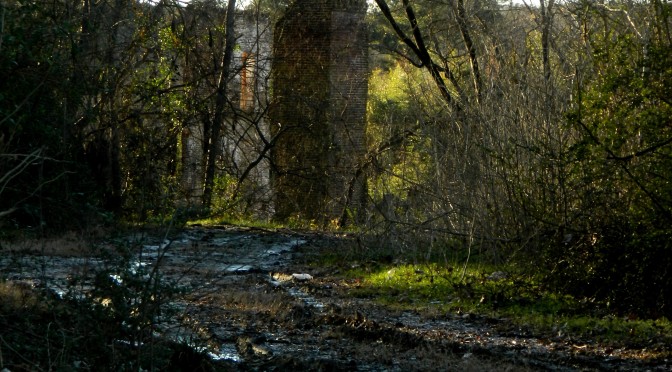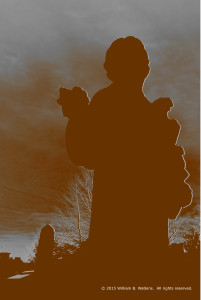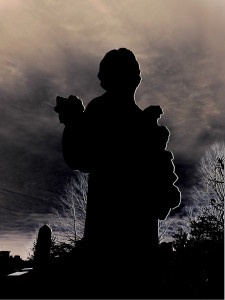The photograph above, “To the Mill”, © 2015 by William B. Watkins, can be viewed in a larger format in the Image Gallery. On that page, just double-click on the image to view it in a large, slideshow mode.
Welome back!
I know that those first couple of exercises from our post “Towards a Multi-Disciplinary Approach” may have been challenging in many different ways. If you haven’t read that post or done the first two exercises, you really should take a step back and have a go at them before proceeding. You might also want to read some explanatory information from “Further Towards A Multi-Disciplinary Approach”.
Remember, these exercises are for you. There’s not a right or wrong answer. It’s all based on your choices and designed to help you get in touch with your instincts about what appeals to you the most and then to challenge yourself to explore — and articulate — why.
Take a moment to look back at the choices you made in exercises #1 and #2. We’ll build from there.
This time around, put yourself in the position of the stage or film director. As the director, you have to determine the author’s intention for the story he or she has told on paper (the script). If the author is alive and you can talk with him or her, this might make your job easier. If not (as is often the case), you might be able to read commentaries or learn about how other people have approached the script.
Chiefly, though, you are going to have to have the tools to make your own decisions and the courage to follow through on them. Depending on the circumstances, you may also find yourself having to justify your decisions to others, including producers or boards of directors, who control the purse strings.
Although you’re the boss on the set, you might also find yourself up against strong-willed actors who may want to go in a different direction than the one you have in mind. Or actors who are very willing to go where you lead. In any event, you’re going to have to convey your vision to all of them and bring them along (or maybe, depending on how “collaborative” you can afford to be, find compromises you can live with that will bring forth a great product while satisfying the demands of the bosses!).
Oh, and as the director, you have to decide what to emphasize and what not to, what the “tone” of the piece will be, where to make the audience look and how to do that.
Yikes! Yours may be the toughest job of all.
EXERCISES
(Remember, there are no “right” or “wrong” answers for these exercises. Your identify will not be recorded or revealed to anyone else. After completing the questions, you can see how your answers compare with others taking the survey. And you can return to this page later to check on updates after more people have participated.)
Have fun!
Exercise #3A:
Refer back to your choice in Exercise #2 when you were the author and had to choose what part of a larger story to tell.
For quick reference, here are the images from that exercise (click to enlarge any of the thumbnail images in this exercise):
Think about the story in your head that the image you chose in Exercise #2 has conveyed. Now considering all that you have to do as the director, all that you have to communicate and convey . . .
Exercise #3B:
Exercise #4:
And finally, for this time, let’s ratchet it up a notch.
Here are four versions containing roughly the same elements (click to enlarge any of the thumbnail images in this exercise):
The photographer has photographed the subject in different ways. Perhaps the images are cropped differently, perhaps they are lit or colored differently, perhaps one or more things is more (or less) prominent in each image. What do these differences mean for you?
Think for a few minutes about the story that comes to mind for you as you look at the images. How do the various changes in perspective and tone impact the story? What is the “subject” in each photograph? Do the variations from photo to photo change what “the subject” is?
Next time, we’ll explore the actor’s task through a similar approach.
Whatever your profession or interests (whether “in the arts” or not), how can you apply this approach to your own work?
As always, this community only gets stronger with your participation, so please engage in the exercises and surveys and use the “comments” feature on each page. It’s great to hear from you.
© William B. Watkins and “William Weighs In”, 2014-2015. All rights reserved, including the right of reproduction. This blog and all its content and components, including but not limited to photographs, videos, and text entries, are fully protected by all copyright laws of the United States of America and by international covenants. This work may not be reproduced in whole or in part in any form. Unauthorized use and/or duplication of this material without express and written permission from this blog’s author and/or owner is strictly prohibited.









